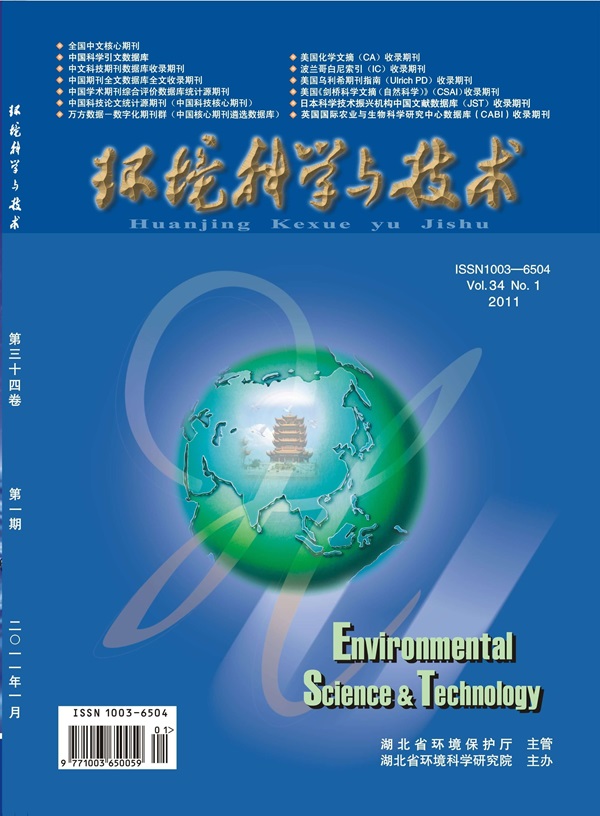Carbon Balance of China-Made Wood Products Assessed Using a Trade-Linked Approach.
IF 11.3
1区 环境科学与生态学
Q1 ENGINEERING, ENVIRONMENTAL
引用次数: 0
Abstract
Harvested wood products (HWPs) contribute to forestry carbon removal and, therefore, to climate change mitigation. However, the complex international trade of raw wood materials and HWPs and the associated biogenic carbon conversion along the global supply chain are not properly accounted for in the existing HWP carbon accounting schemes, precluding effective climate policy design. To address the gap, we developed a generalizable Trade-Linked Approach to account for trade and the associated carbon stocks and emissions. In the case study for China-made HWPs in 1990-2020, trade partners supplied 22% (1425 MtCO2e, or 389 MtC) of raw materials and consumed 13% (691 MtCO2e, or 189 MtC) of the HWPs, with the latter double that of the FAOSTAT statistics that were used in the existing studies. In the same period, the trade partners contributed 13% (570 MtCO2e) of the total HWP carbon stocks. The HWPs consumed overseas provided a 43 MtCO2e yr-1 carbon sink (15% of the total) from 2016 to 2020, which is close to the "forest and land use carbon credits" transacted in global voluntary carbon markets in 2020. In addition to adequately allocating carbon removals to each country, we appeal for a global HWP-associated carbon payment scheme to incentivize HWP-based mitigation activities along the supply chain.基于贸易关联方法的中国木制品碳平衡评估
采伐木材产品有助于林业碳清除,从而有助于减缓气候变化。然而,在现有的木材原料和林木产品碳核算方案中,复杂的国际贸易以及相关的全球供应链上的生物碳转化并没有得到适当的考虑,从而妨碍了有效的气候政策设计。为了解决这一差距,我们制定了一种通用的贸易挂钩方法,以解释贸易及其相关的碳储量和排放。在1990-2020年中国制造的高碳水泥浆案例研究中,贸易伙伴提供了22%(1425亿吨二氧化碳当量,或389亿吨碳当量)的原材料,消耗了13%(6.91亿吨二氧化碳当量,或189亿吨碳当量)的高碳水泥浆,后者是现有研究中使用的粮农组织统计数据的两倍。在同一时期,贸易伙伴贡献了13%(5.7亿吨二氧化碳当量)的全球碳储量。从2016年到2020年,海外消费的hwp每年提供4300万吨二氧化碳当量的碳汇(占总量的15%),接近2020年全球自愿碳市场交易的“森林和土地利用碳信用额”。除了向每个国家充分分配碳清除量外,我们还呼吁建立一个与hwp相关的全球碳支付计划,以激励供应链上基于hwp的缓解活动。
本文章由计算机程序翻译,如有差异,请以英文原文为准。
求助全文
约1分钟内获得全文
求助全文
来源期刊

环境科学与技术
环境科学-工程:环境
CiteScore
17.50
自引率
9.60%
发文量
12359
审稿时长
2.8 months
期刊介绍:
Environmental Science & Technology (ES&T) is a co-sponsored academic and technical magazine by the Hubei Provincial Environmental Protection Bureau and the Hubei Provincial Academy of Environmental Sciences.
Environmental Science & Technology (ES&T) holds the status of Chinese core journals, scientific papers source journals of China, Chinese Science Citation Database source journals, and Chinese Academic Journal Comprehensive Evaluation Database source journals. This publication focuses on the academic field of environmental protection, featuring articles related to environmental protection and technical advancements.
 求助内容:
求助内容: 应助结果提醒方式:
应助结果提醒方式:


